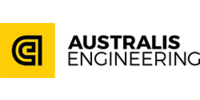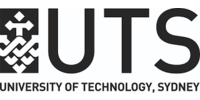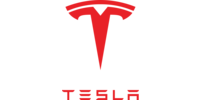Our Projects
Conveyor table and motion-control system

Project description and overview:
Rotacaster and the project participants will design, develop, and install a ‘smart factory’ conveyor table and digital control system for Tesla at its Gigafactory battery plant in Sparks, Nevada. The project participants will use Rotacaster’s patented omniwheel to create a modular, servo-driven conveyor transfer system. The conveyor transfer system is capable of handling large and heavy objects, such as Tesla vehicle batteries.
This project aims to achieve a shift from large production-centric manufacturing to customised, smart and competitive manufacturing that is backed by collaborative research and development (R&D) together with highly skilled workers. Project participants will gain a competitive advantage through developing and installing a smart factory conveyor system at Tesla’s battery factory, which will improve the end-users competitiveness and accelerate the project participants’ export opportunities. Rotacaster aims to develop the conveyor table from Technology Readiness Level 3 (proof of concept) to Technology Readiness Level 8 (proven to work under expected conditions). This project will deliver an R&D asset, associated intellectual property (IP) and a commercial product. It will also create a world-class reference site in form of Tesla’s battery factory, which will help Rotacaster to sell smart factory solutions to other large companies around the world that operate sophisticated factories and logistics hubs.
Rotacaster’s solution will be modularised to accommodate the use of ‘plug and play’ components with Internet of Things (IoT) functionality. This will give customers more flexibility and create an advantage over large, expensive, single-system solutions. Rotacaster’s digital control system integrates with existing production systems and responds to live factory data for tracking and recording product movement. The proposed conveyor transfer system uses Rotacaster’s patented omnidirectional wheel technology to enable multidirectional movement in a single plane. Compared to existing solutions, Rotacaster’s solution uses standardised components and therefore significantly reduces the overall system complexity.
EXPECTED IMPACT
- Increased spending on R&D and collaboration with research institutions to design, produce and test a prototype of the conveyor table and digital control system
- Higher ICT intensity through the integration of a digital control system
- Digitisation of the conveyor table enables Rotacaster to gain a greater share of services in total revenue
EXPECTED GROWTH
- Rotacaster has the potential to take a $1.15 – $2.3 million share of the Australian Market and $85 – $170 million share of the global market
EXPECTED JOBS
- Five – 10 high skilled jobs
Contributions:
Government Funds: $211,122 | Industry: $211,122 | In-Kind: $101,700





